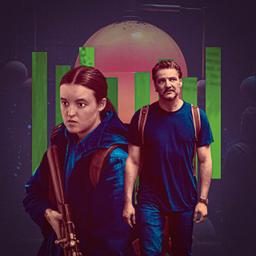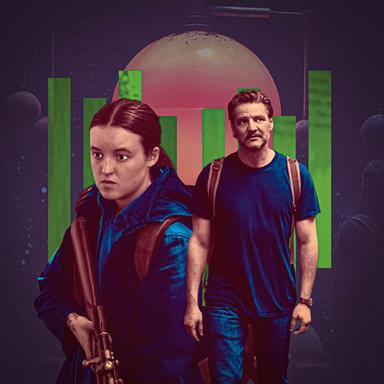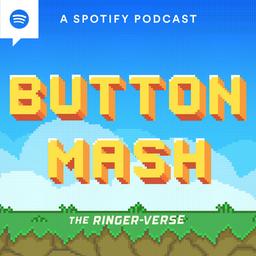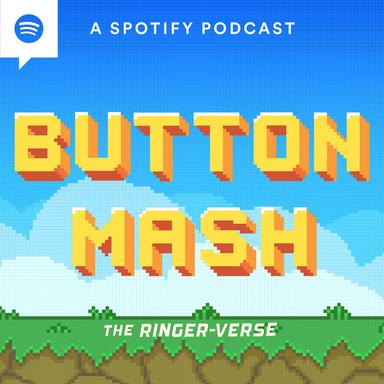A ‘The Last of Us’ Fan Base Divided Cannot Stan
Season 2 has polarized its gamer and nongamer viewers. Will the show’s finale unite the audience, or deepen the divide?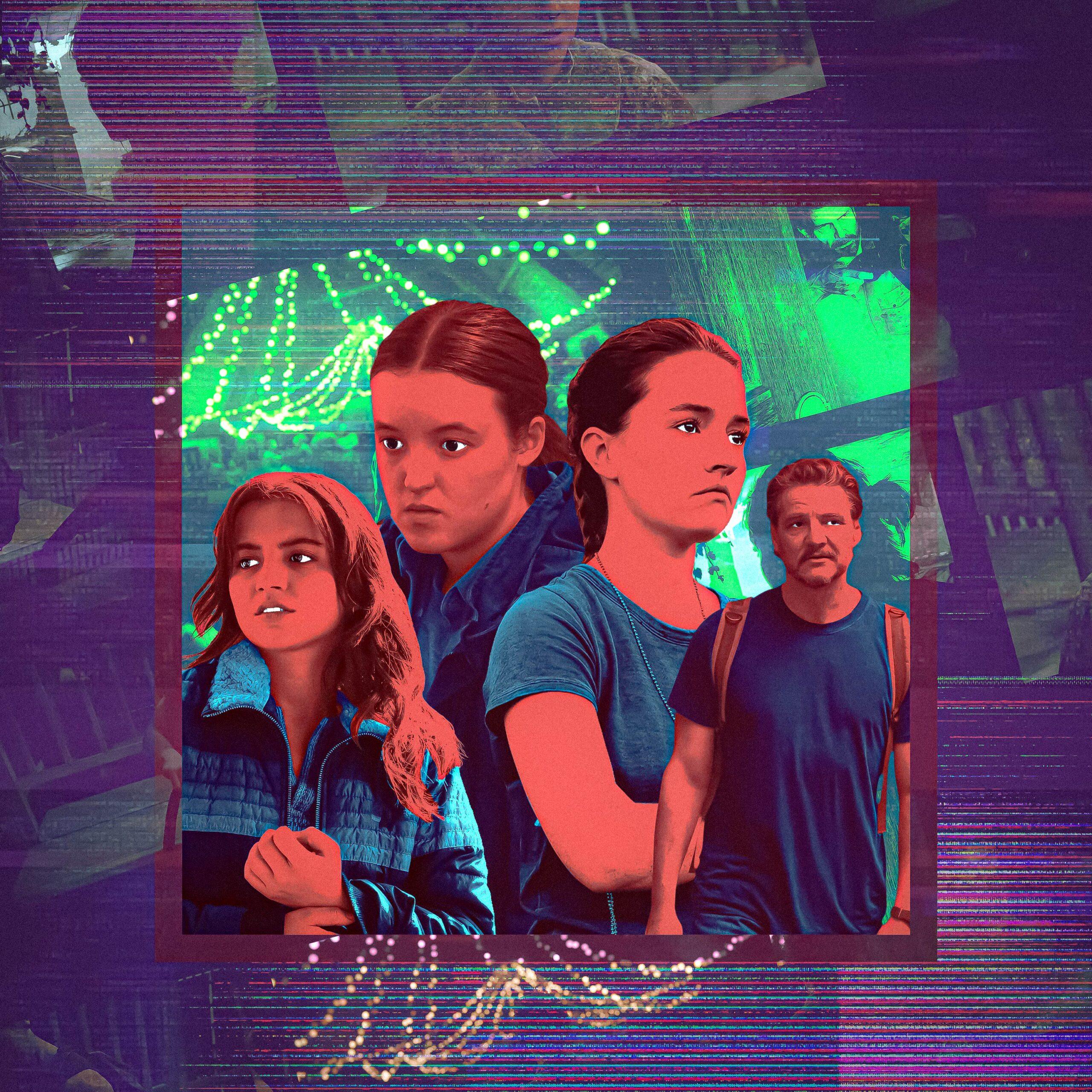
TV and film adaptations of popular IP always present a particular challenge for the creators who have been entrusted with bringing a beloved story and its characters to life. It’s almost impossible for fans of the original work not to compare the source material with its transmutation to a new medium—and the level of scrutiny only increases with the success of an adaptation’s forebear. Different mediums naturally have distinct strengths and weaknesses: Books, for example, can provide their audiences with a wealth of time to escape into their worlds that TV shows and movies simply can’t afford.
The same could be said for video games such as Naughty Dog’s The Last of Us, which grants players ample time to inhabit and explore its postapocalyptic world. Gamers can search its environments for notes and other collectibles that give greater context for each location and all the people who’ve passed through it. They can also trigger lines of dialogue outside of cut scenes that help enrich players’ understanding of the game’s characters and their relationships with one another. But maybe what draws players in most, even more than additional time, is the immersive nature of playing video games, which allows players to forge a distinct connection to their avatar; you can easily empathize with Joel or Ellie while playing The Last of Us because you’re the one who’s running away from hordes of infected.
Given its popularity, its roots in an already visual medium, and the cinematic sensibility of the original game, the TV version of The Last of Us was always bound to be scrutinized more than most adaptations. When you factor in the length and moral complexity of its story and main characters, it’s not surprising that it took so many years—which included a failed movie project and a stint in development hell—for the adaptation to finally arrive as an HBO series in January 2023.
The first season of HBO’s The Last of Us walked a fine line as an adaptation of its namesake, making strong additions to the video game’s story while faithfully adapting its most pivotal moments with only minor adjustments. One of Season 1’s best episodes, “Long, Long Time,” was a pure invention of the TV show; cocreators Craig Mazin and Neil Druckmann crafted a new backstory for two minor characters, one of whom was already dead by the time the player was introduced to him in the game. Aside from some pacing issues (particularly toward the end of Joel and Ellie’s cross-country road trip), Season 1 was an impressive showcase of how to adapt a popular piece of IP in a way that managed to leave most of its viewers satisfied, regardless of their attachment to the source material.
But adapting the follow-up to the original game, 2020’s The Last of Us Part II, was always going to be a more difficult task for Mazin, Druckmann, and Co. than porting its predecessor to TV. Given the sequel story’s greater length and scope, the creative team behind the HBO series decided to split Part II into multiple seasons of television. And not just two seasons: Mazin recently said that “there’s no way to complete [its] narrative in a third season.” (In other words: Season 4 is coming, as long as HBO green-lights it.) And due to some of the game’s bold storytelling choices, including its nonlinear narrative structure, the showrunners have made some drastic changes from the original story. As a result, the fan base of gamers and show-only viewers has seemingly grown more divided during Season 2—now more than ever, as the season finale approaches on Sunday.
Much like the show’s first season, The Last of Us Season 2 has had its fair share of worthy, show-only material. Episode 2’s Battle of Jackson was an epic set piece that complemented Joel’s death, providing a thrilling backdrop of action to heighten the suspense surrounding the game’s most shocking moment. In addition, some illuminating flashbacks have added greater depth to certain characters, such as Isaac’s FEDRA origins in Episode 4 and the introduction of Joel’s father in Episode 6. Several supporting characters and even primary settings, like Jackson, have become more three-dimensional as they’ve been granted more narrative room to grow.
However, Season 2 has also shifted the timeline of Part II in a few significant ways, pushing up some major moments from the game so that they occur much earlier in the TV series than they did in the original story. While the destinations ultimately remain the same, the different routes to arrive at them have vastly altered how the narrative unfolds.
The first example of this kind of change arrived before the first opening credits sequence of the season, when Abby’s identity as a Firefly was revealed during her character’s introduction. In Part II, gamers can make a decent guess at who she is early on in the story based on her grudge against Joel, along with their knowledge of what he did to the Fireflies at the bloody conclusion of the previous installment. But Abby’s background—and motivations—mostly remain a mystery for a decent chunk of the game, long after she picks up the golf club that ends the life of the former protagonist of the series. When players finally come to understand the full extent of what Joel did to Abby by murdering her father, that epiphany forces a reconsideration of who’s the real hero or villain—or whether anyone can even be described in such simplistic terms.
Given that Part II was split into multiple seasons for the show, Abby’s motivations would’ve had to be withheld for an entire season to mirror the game’s structure, which “didn’t feel correct” to Druckmann. But the other major reason behind the change goes back to the differences between storytelling mediums.
“There’s something about when you play a character, you have an immediate empathic connection to that, and it’s a shortcut that the interactive medium affords us. We don’t have that here,” Druckmann told The Washington Post. “We need you to connect through a different way, through empathy, through sympathy.”
Another more recent, significant departure from the source material occurred in Episode 6, which serves as the series’s bittersweet farewell to Joel (and Pedro Pascal). The final flashback scene of the episode features Joel and Ellie speaking on Joel’s porch in the last conversation they’d ever share. In an emotional exchange, Joel finally confesses that he killed all the Fireflies in Salt Lake City and prevented them from producing a cure for the Cordyceps infection, which would’ve cost Ellie her life.
This is a massive change from Part II because it repositions what Druckmann has referred to as the “most important scene in the entire story,” moving it from the very end to what might end up being barely a third of the way through. And it seems as though the decision stemmed largely from the inherent challenges that come with producing a big-budget, live-action TV show.
“In talking about it with Craig, it’s the first time I really thought about the time between seasons,” Druckmann explained to Variety. “So much of writing is setups and payoffs, and we would have set certain things up that get paid off years later. That felt too long, especially because this season focuses so much on Ellie’s journey and this emotional truth of what did she know? What didn’t she know? To wait additional years until Season 3 will come out—or maybe even Season 4, it depends where all the events land and how many seasons we have—I was easily convinced by Craig that that would be too long.”
On a practical level, these adaptation alterations are very logical choices. Gamers could consume Part II’s entire story at their own pace, and could theoretically start and finish Part II in a single day, assuming they were willing to sacrifice an entire night of shuteye. However, viewers just have to be patient, because it takes years for a high-quality HBO series like The Last of Us to unfold. At the same time, for those who have played the game, it’s easier to see how the differences in the narrative structure may reduce the emotional impact and effectiveness of these crucial moments as they originally appeared.
Without spoiling the specifics of the story’s ending for those who haven’t played the game, the porch scene appears after a pivotal sequence in Part II, and it casts those preceding events—and Ellie’s revenge quest at large—in a different light. Now that we’ve seen this final interaction between Joel and Ellie in the HBO series, that scene will likewise reshape our understanding of the choices that Ellie will make, along with our overall viewing experience, for better or for worse.
Often, adaptations can be faithful to a fault, trying so hard to recreate their source material that they sacrifice their own potential to produce something that could stand on its own merits. Regardless of what changes are made, any adjustment should seek to serve the story and its characters. Druckmann and Halley Gross, the latter of whom cowrote Part II and returned to cowrite Episodes 6 and 7 of Season 2, know this better than anyone when it comes to the world of The Last of Us. The show’s primary trio of writers, including Mazin, may have been right in predicting that the payoff of the porch flashback wouldn’t have landed with the TV audience if it had appeared in Season 3 or, more likely, Season 4. And now they’ll have the opportunity to add new dimensions to the narrative’s ending that may better align with the evolution of the show’s characters and timeline. Whether these decisions will wind up as concessions due to the limitations of the TV medium, or as opportunities to create a distinct story, will be determined in the many episodes still to come.
What’s certain for now, at least, is that The Last of Us Season 2 has established divergent viewing experiences for gamers and show-only viewers, the latter of whom have been able to enjoy this series without any knowledge of what they may or may not be missing. For them, the HBO series is a blank slate that boasts the remarkable ability to bring in the likes of Tony Dalton (as Joel’s father) and Joe Pantoliano (as Eugene) for one scene each, alongside powerhouse performances by Pascal and Bella Ramsey, all in the span of a single episode. Many fans of the video game have felt torn about (or outright disappointed by) some of the show’s decision-making, while others—both gamers and nongamers alike—have viewed recent installments, like Episode 6, as masterful television.
As Season 2 comes to a close on Sunday, with Ellie’s vengeful motivations clearer than ever, The Last of Us is headed for what will surely be another explosive finale. The divide that exists within the show’s viewing audience may only continue to grow. But given how polarizing the source material was in the first place, the emergent division among fans may be the most faithful aspect of the adaptation yet.

